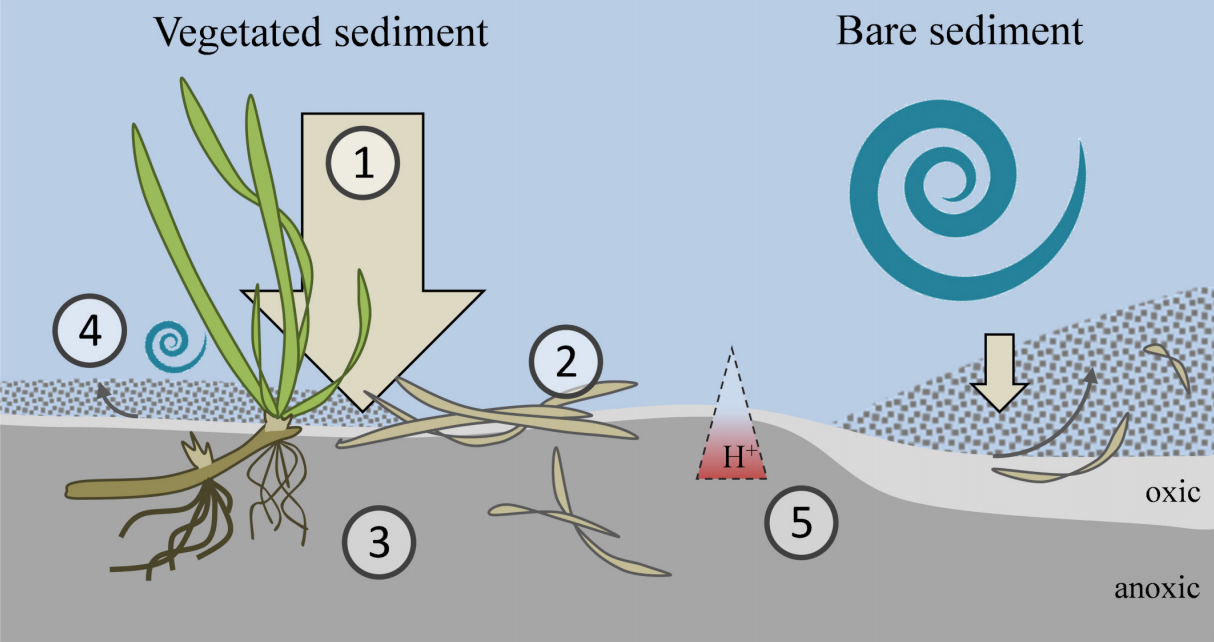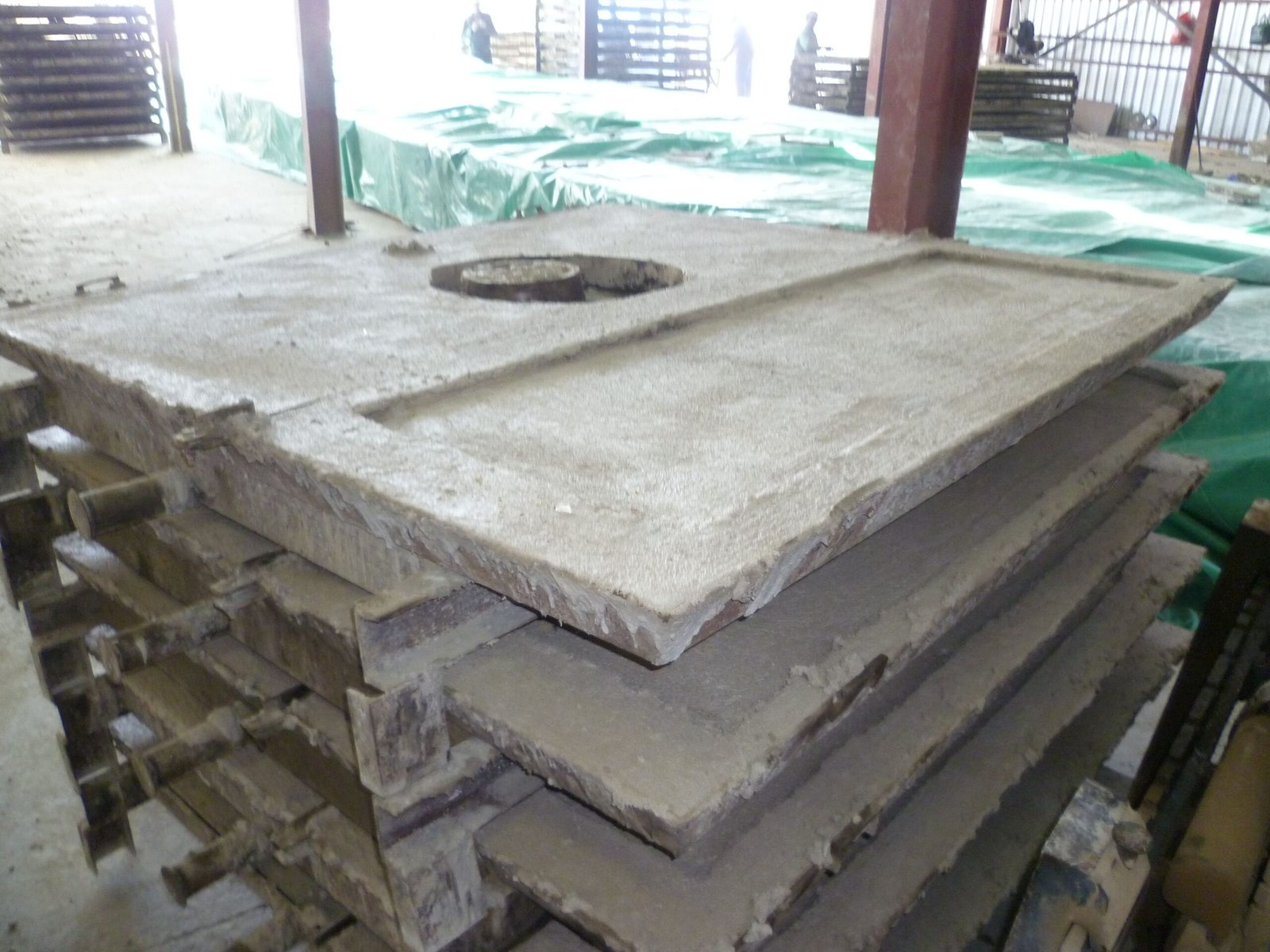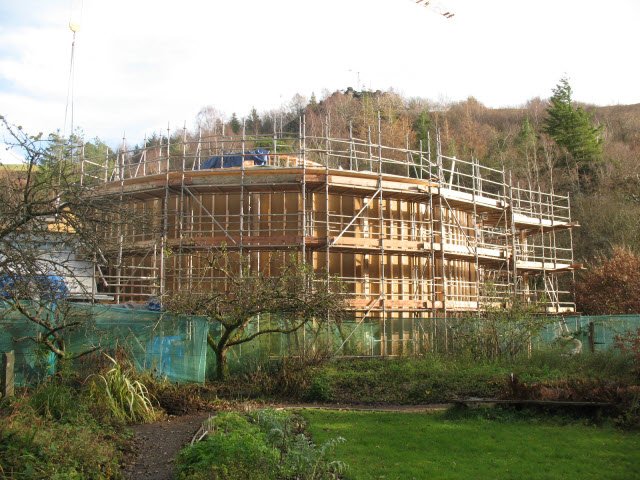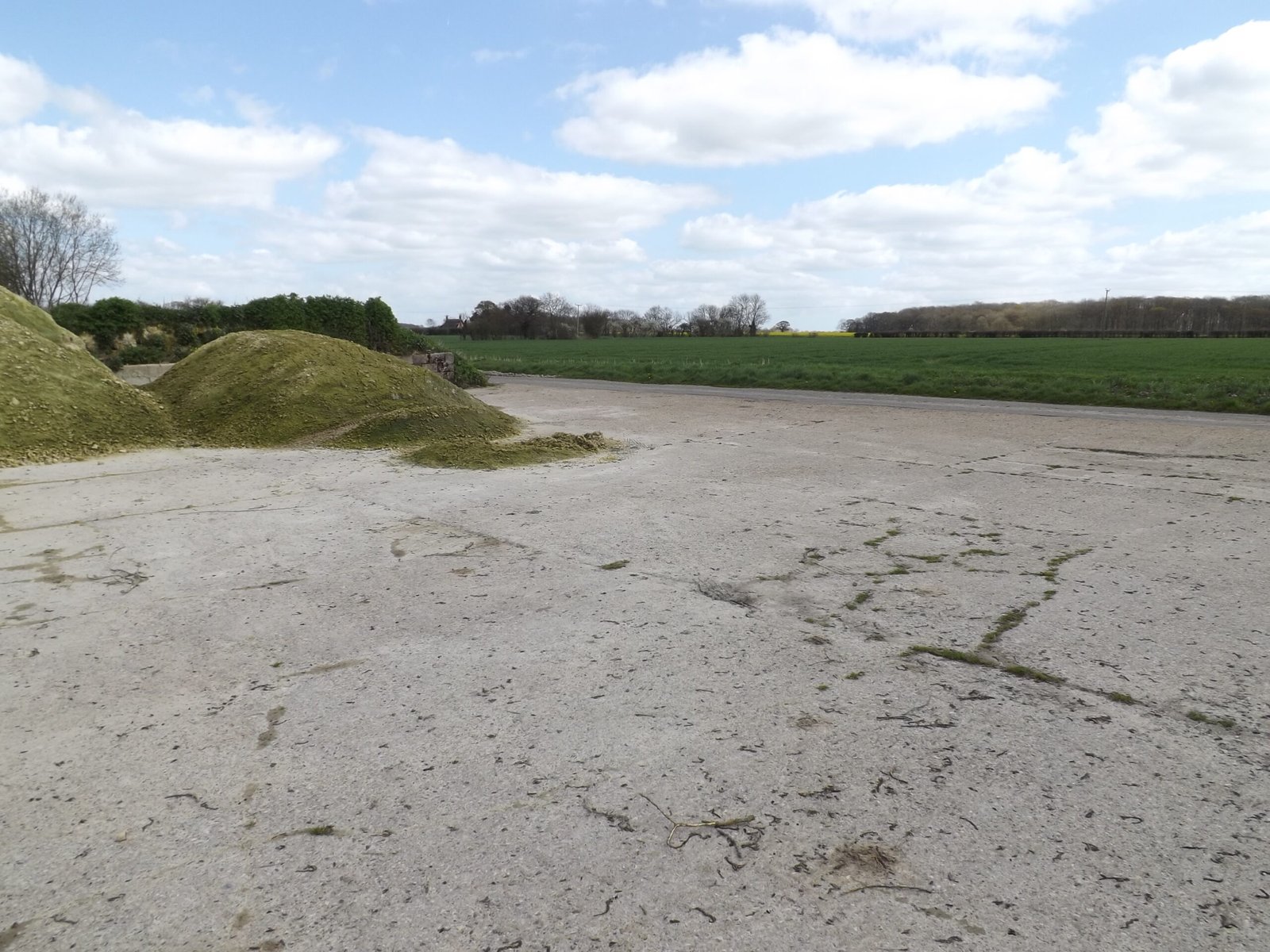In the quest to combat climate change, scientists are turning to an unlikely hero: concrete. This common building material, which has been responsible for a significant portion of global carbon emissions, is now being reimagined to help clean the air we breathe. Imagine concrete that not only forms the backbone of our cities but also acts as a sponge, drawing harmful carbon dioxide (CO2) out of the atmosphere. This innovative approach could revolutionize how we think about construction and its impact on the environment.
The Problem with Traditional Concrete
Concrete is ubiquitous in modern construction, forming the foundation of our bridges, roads, and buildings. However, its production is energy-intensive and releases a substantial amount of CO2, contributing to climate change. The process involves heating limestone, which emits CO2 as it decomposes. To put it into perspective, the cement industry alone accounts for approximately 8% of global CO2 emissions. This has prompted scientists to look for alternatives that can reduce or even reverse this environmental impact.
Innovative Carbon-Capturing Concrete
The concept of carbon-capturing concrete is simple yet groundbreaking. By modifying the composition and production process, researchers have developed concrete that absorbs CO2 from the air. This involves incorporating materials like magnesium silicate, which naturally reacts with CO2 to form stable carbonates. As the concrete sets and hardens, it continues to draw CO2 from its surroundings, effectively turning a pollutant into a building block. This innovation offers a dual benefit: reducing emissions during production and actively sequestering carbon throughout its lifespan.
The Science Behind Carbon Sequestration

Carbon sequestration in concrete relies on a chemical process known as carbonation. When CO2 meets certain minerals within the concrete, it undergoes a reaction that forms solid carbonates. This process not only strengthens the concrete but also locks in carbon that would otherwise contribute to atmospheric warming. The science is akin to how trees absorb CO2 and store it in their biomass, acting as natural carbon sinks. By replicating this process in concrete, scientists are creating an urban landscape that mimics nature’s own mechanisms for maintaining atmospheric balance.
Real-World Applications and Projects

Several pioneering projects are already demonstrating the viability of carbon-capturing concrete. For instance, a company in Canada has developed a technology that injects captured CO2 into fresh concrete during mixing. This method not only reduces the material’s carbon footprint but also enhances its strength. In another example, a European initiative is testing carbon-absorbing concrete in public infrastructure, from sidewalks to bridges. These real-world applications highlight the potential of this technology to transform urban environments into active participants in climate mitigation.
Challenges in Scaling Up
Despite its promise, carbon-capturing concrete faces several challenges before it can be widely adopted. One of the primary hurdles is cost. Developing and implementing the necessary technology can be expensive, which may deter widespread use. Additionally, there are technical challenges in ensuring the consistency and reliability of carbon sequestration in various environmental conditions. Researchers are actively working to address these issues, striving to make carbon-capturing concrete a feasible and cost-effective solution for global construction needs.
The Role of Policy and Regulation

For carbon-capturing concrete to reach its full potential, supportive policy and regulation are essential. Governments can play a crucial role by incentivizing the use of sustainable building materials and setting standards that encourage innovation in the construction industry. Regulations could also mandate the reduction of emissions in new construction projects, paving the way for carbon-capturing technologies to become the norm. By fostering an environment conducive to change, policymakers can accelerate the transition towards more sustainable urban development.
Environmental and Economic Benefits

The adoption of carbon-capturing concrete could yield significant environmental and economic benefits. Environmentally, it offers a way to reduce the carbon footprint of the construction industry, aligning with global efforts to mitigate climate change. Economically, it could create new markets and job opportunities in sustainable construction and technology development. By investing in research and development, countries can position themselves as leaders in the green building revolution, driving economic growth while addressing environmental challenges.
Future Prospects and Innovations
The future of carbon-capturing concrete holds exciting possibilities. As research advances, we can expect to see new formulations and techniques that enhance the material’s carbon-absorbing capabilities. Innovations may also lead to the development of other construction materials that contribute to carbon sequestration. The integration of smart technologies could even enable real-time monitoring of carbon absorption, providing valuable data for optimizing performance. The potential for innovation in this field is vast, promising a future where our built environment works in harmony with the natural world.
Public Awareness and Education
Raising public awareness about carbon-capturing concrete is crucial for its widespread adoption. Educating the public on the benefits and feasibility of this technology can drive demand and support for sustainable building practices. Schools, media, and community programs can play a role in disseminating information and inspiring action. By fostering a culture of sustainability, we can empower individuals and communities to advocate for and adopt practices that contribute to a healthier planet.
Conclusion: Building a Sustainable Future
As we look to the future, the development of carbon-capturing concrete represents a beacon of hope in the fight against climate change. By transforming a major source of emissions into a tool for carbon sequestration, scientists are paving the way for a more sustainable built environment. The journey is not without its challenges, but with continued innovation, policy support, and public engagement, we can build a future where our cities not only stand strong but also breathe life back into the planet.




